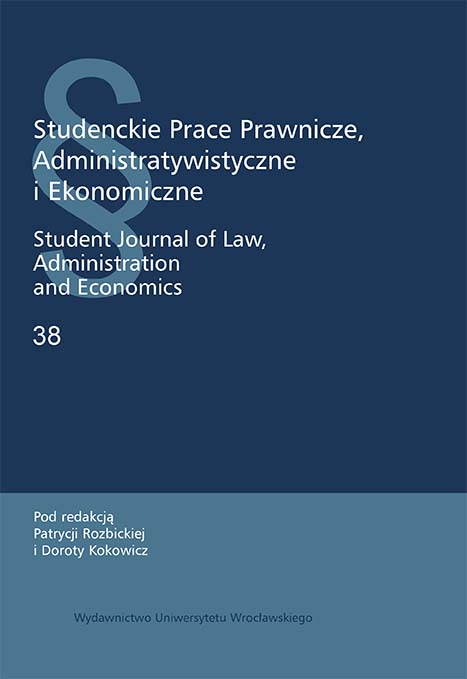

Articles

The COVID-19 pandemic has had effects on all aspects of our lives. Due to the sanitary regime, maternity units in most hospitals in Poland and around the world have refused to allow family births. An alternative to hospital birth is home birth, during which the decision on the presence of third parties is made by the woman giving birth. Undoubtedly, the story comes full circle here, as, back from a medical event, childbirth becomes a family and intimate event. The connotations associated with home birth in public and media discourse are dichotomous. Polar opinions clash here: the most common are safety/risk and opportunity/madness, and synonymous terms for both pairs. Paradoxically, this duality was also present in traditional cultures and folk culture, but those visions of the world focused on a number of prohibitions and orders related to pregnancy, childbirth and the puerperium. The problem was not the place where the birth took place — because it is known that it had to be in the space of the home, in a close community of the pregnant woman — but how it should take place. Nowadays, especially in times of a pandemic, there is a return to the practice of home birth, which already has a diametrically different shape than the old, historical home birth, but the emotions that it evokes still oscillate between fear and euphoria.